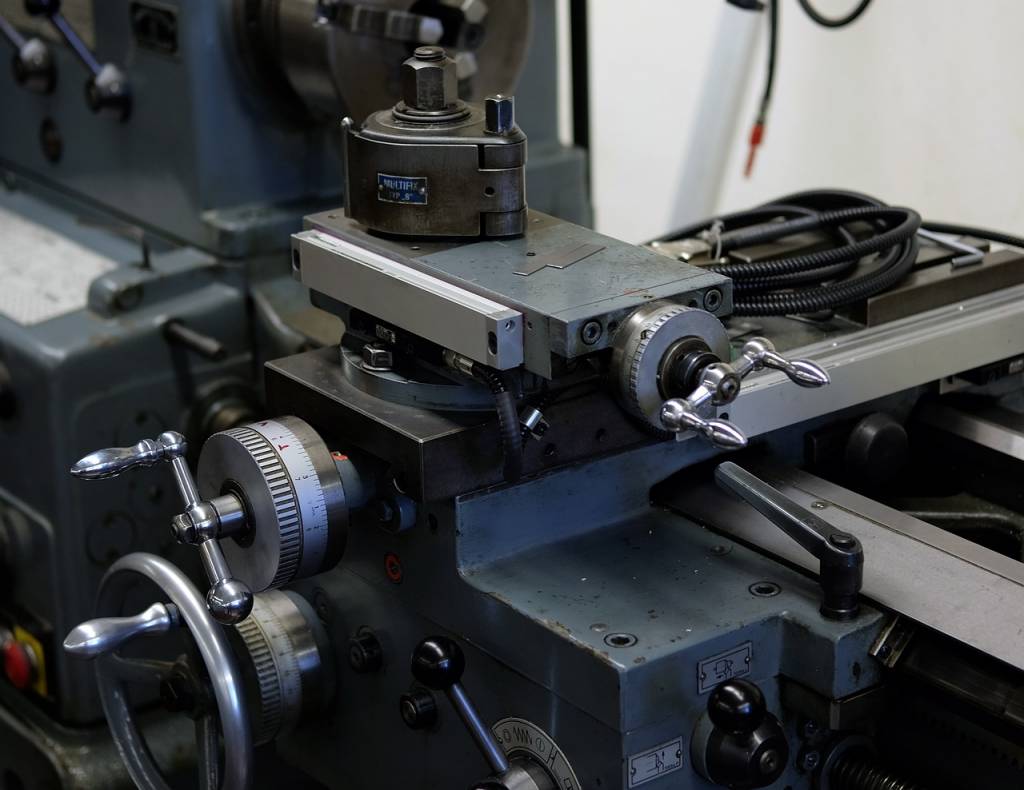In the industrial sector, where R&D cycles stretch over years and capital intensity can scare off the boldest investors, securing funding for innovation remains a top priority—and a real challenge. A well-crafted pitch deck is no longer a simple “nice to have.” It’s your calling card, your strategic briefing, and sometimes, your only chance to turn potential into performance. But beyond the flashy design and rehearsed storytelling lies a critical question: what do decision-makers, public funders, and private investors actually want to see?
In this article, we break down the anatomy of an industrial innovation pitch deck that gets results. From the expectations of technology transfer offices and venture capitalists to the specifics required by regional development agencies, we go beyond the templates and into the core of what moves the needle in industrial tech funding today.
Understanding Your Audience: Investor vs. Public Body
One of the most frequent mistakes we see in early-stage industrial ventures is a one-size-fits-all approach to pitching. The truth is, the expectations of a venture capital firm differ significantly from those of a national innovation agency like Bpifrance or the EIC fund.
For private equity, return on investment dominates the narrative. Investors want to know:
- What is the size of the addressable market?
- Who are the competitors and how defensible is your technology?
- What are your projected margins and when will you break even?
For public funding bodies, other metrics weigh in. The focus often shifts toward:
- Contribution to industrial sovereignty or decarbonization objectives
- Number of jobs created or maintained in a strategic sector
- Technology maturity levels (TRL) and alignment with national strategic roadmaps
Understanding which metrics to emphasize can spell the difference between a funded project and a “we’ll follow your progress.” Tailoring your pitch doesn’t mean altering the facts—it means presenting them through the appropriate strategic lens.
Structure First: The Power of Clarity
Industrial innovation is already complex. Your pitch deck shouldn’t be. The golden rule? Simplicity meets strategy. Here’s a tested structure often favored by investors and funders in the industrial world:
- Problem & Context – Define the industrial pain point with data. Is it tied to productivity, energy efficiency, sustainability, or geopolitical dependencies? Be specific.
- Solution & Innovation – Describe your technology with clarity. Jargon is acceptable, as long as it’s explained. Don’t shy away from showcasing your IP strategy here.
- Go-to-Market Plan – Who is going to buy this, and how? Detail your early adopters, pilots, and distribution path. Real B2B traction weighs more than abstract market sizes.
- Business Model – How do you make money? Don’t forget to mention support and service models—vital in industrial hardware or automation sectors.
- Technology Readiness & Roadmap – Especially relevant in public tenders. Indicate your current TRL and projected rollout timeline.
- Founding Team – Industrial innovation isn’t a solo sport. Demonstrate the operational credibility and complementary expertise of your team.
- Financing Needs & Use of Funds – Break down your required funding, phase by phase. Clarify what portion goes to prototyping, testing, hiring, regulatory, etc.
Data-Backed Storytelling: Not Just for Startups
Too often industrial entrepreneurs downplay storytelling, believing serious industries demand serious detachment. But a compelling narrative underpinned by hard data is far more convincing.
A good example is SEW Tech, a mid-sized robotics firm based near Lyon. In their deck for a Series A round, they didn’t just say “we automate warehouse picking.” They illustrated the impact of their solution through a pilot with a major logistics operator: a 32% increase in throughput and a 14% reduction in human error over six months. That combination anchored the narrative in operational reality. Their €8M round closed in 10 weeks.
The point? Metrics stick. Use them to build your story, not just to populate empty graphs. Back your claims with customer quotes, test data, POCs, and industrial certifications already obtained or in progress (CE, ATEX, ISO, etc.).
Borrowing Credibility: Partners, Projects, and Public Validation
In industrial verticals—biotech, energy systems, additive manufacturing—due diligence can get intense. That’s where external validation plays a key role.
Instead of simply stating “our technology is patented,” point to partnerships or support from ecosystem actors:
- Joint development with an academic research lab (CIRIMAT, CEA, LIST, etc.)
- Field tests run with a corporate client or OEM integrator
- Grants secured from Horizon Europe, ADEME, or Bpifrance
Every trusted third party involved acts as a layer of credibility you can lean on. Feature logos, testimonials, or co-signed projects in your slides. This is particularly useful when pitching to funders who are not tech-savvy in your niche but value institutional trust.
Financial Milestones: Think Manufacturing, Not Just Margins
In SaaS-heavy sectors, investors focus on CAC, LTV, MRR. But when pitching for industrial innovation, the financial storyline has to adapt. The capex side becomes critical: what machinery do you need to scale? Are there long lead times? Have you secured suppliers or manufacturing partners?
Include milestones such as:
- Prototype ready – Q3 2024
- First low-volume production run – Q1 2025
- Factory line retrofit completed – Q4 2025
Forecast not just your revenue, but your production capacity and throughput improvements over time. This will resonate with both investors and operational due diligence specialists.
Design Matters—To a Point
No, you don’t need a unicorn-worthy sliding deck with moving 3D parts. But readability and visual hierarchy matter. Stick to a unified font, limit bullet points per slide, and avoid long paragraphs.
Where needed, use technical diagrams over stock icons. Investors accustomed to the industrial sector actually appreciate seeing a CAD view or process diagram—especially if it shortens explanations. And don’t underestimate the power of real images: show your test bench, your team in the lab, your robot on a production line. It visually grounds your pitch in the real world, where your stakeholders operate.
Common Pitfalls to Avoid
- No clear ask. It’s amazing how many decks forget to summarize the needed investment, timeline, and fund usage. Make your request explicit and justifiable.
- Over-engineering the tech. Your pitch is not a patent filing. Highlight the “what it does,” not “how every subcomponent works.”
- Neglecting compliance and regulation. For cleantech, biotech or energy sectors, ignore standards and you lose trust. A well-structured regulatory roadmap is a plus.
- Skipping the failure risks. Every industrial project has technical or commercial risks. Address them proactively; it shows maturity and realism.
When to Pitch: The Strategic Timing Question
The industrial funding world runs on waves—calls for projects, budget envelopes, investment windows. Being technically ready is not enough; you need to be administratively and strategically ready to pitch when windows open.
Monitoring calls for innovation—such as IPCEI programs, Bpifrance Deeptech Challenges, or even the EIC Accelerator—should be part of your roadmap. Submitting in time can be the difference between waiting 12 months or 12 weeks for the next chance. Building a funding timeline aligned with sales and R&D objectives increases your odds dramatically.
Final Takeaways
At its core, a good pitch deck for industrial innovation is an operational plan wrapped in storytelling. It merges market vision, technical depth, and execution logic into a unified, digestible narrative. While the structure, tone, and expectations differ across funding players, the fundamentals remain: clarity, data, strategy, and believability.
Whether you’re working on next-gen energy storage, AI-driven production lines, or sustainable concrete alternatives, your deck should be more than a presentation. It should be a roadmap to shared value—clear to the investor, credible to the engineer, and compelling to the decision-maker in front of you.
And if you’re still wondering whether your pitch is ready, ask yourself: Would you fund this company with your own money? If the answer is yes, you’re on the right track.




